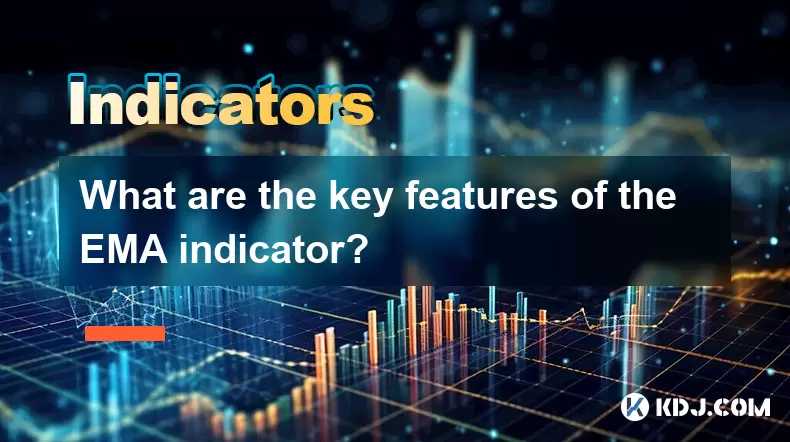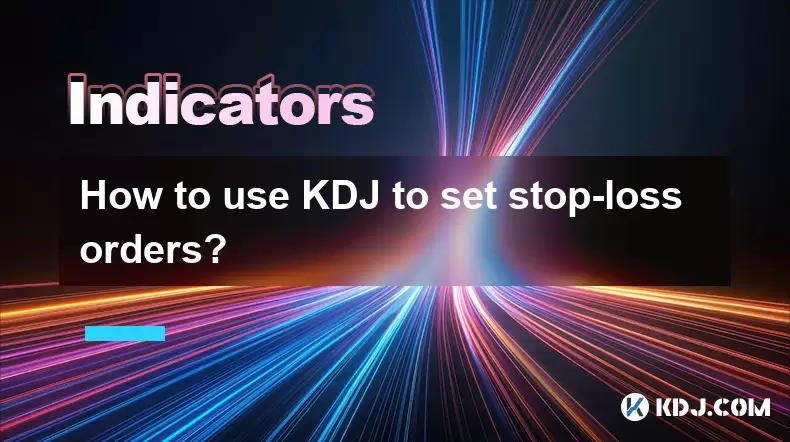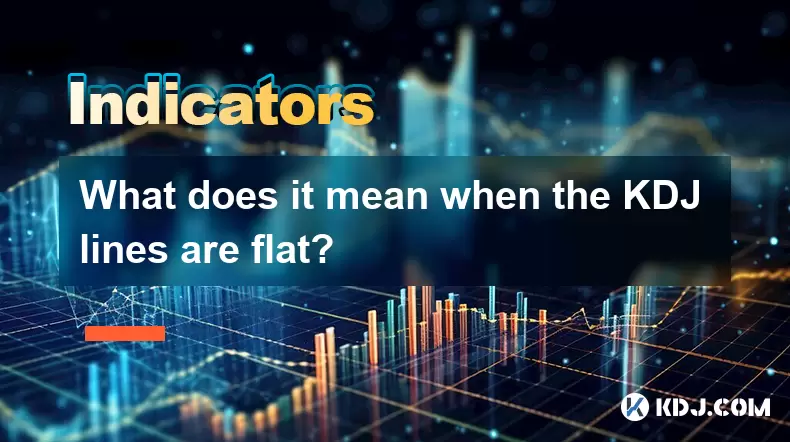-
 Bitcoin
Bitcoin $114700
-3.36% -
 Ethereum
Ethereum $3619
-6.51% -
 XRP
XRP $2.926
-7.66% -
 Tether USDt
Tether USDt $0.9998
-0.02% -
 BNB
BNB $768.6
-4.90% -
 Solana
Solana $168.2
-7.52% -
 USDC
USDC $0.9999
0.00% -
 Dogecoin
Dogecoin $0.2045
-9.02% -
 TRON
TRON $0.3243
-0.27% -
 Cardano
Cardano $0.7208
-8.45% -
 Hyperliquid
Hyperliquid $39.74
-9.17% -
 Stellar
Stellar $0.3882
-8.79% -
 Sui
Sui $3.481
-11.93% -
 Chainlink
Chainlink $16.52
-9.04% -
 Bitcoin Cash
Bitcoin Cash $556.7
-4.79% -
 Hedera
Hedera $0.2444
-11.40% -
 Avalanche
Avalanche $21.96
-8.51% -
 Ethena USDe
Ethena USDe $1.001
-0.02% -
 UNUS SED LEO
UNUS SED LEO $8.950
0.15% -
 Toncoin
Toncoin $3.425
-2.33% -
 Litecoin
Litecoin $104.4
-5.94% -
 Shiba Inu
Shiba Inu $0.00001212
-7.49% -
 Polkadot
Polkadot $3.630
-6.98% -
 Uniswap
Uniswap $9.165
-10.12% -
 Monero
Monero $306.8
-3.10% -
 Dai
Dai $0.9999
-0.01% -
 Bitget Token
Bitget Token $4.360
-3.43% -
 Pepe
Pepe $0.00001049
-9.59% -
 Cronos
Cronos $0.1352
-8.67% -
 Aave
Aave $256.5
-8.03%
What are the key features of the EMA indicator?
The EMA is a responsive technical tool that emphasizes recent prices, helping crypto traders spot trends and reversals faster than SMA.
Jul 30, 2025 at 05:22 pm

Understanding the EMA Indicator
The Exponential Moving Average (EMA) is a widely used technical analysis tool in the cryptocurrency trading space. Unlike the Simple Moving Average (SMA), which assigns equal weight to all data points, the EMA places greater emphasis on recent price data. This makes the EMA more responsive to new information, which is particularly useful in the fast-moving crypto markets. Traders rely on the EMA to identify trends, spot potential reversals, and determine entry or exit points. The calculation involves applying a smoothing factor that gives higher importance to the most recent closing prices, making it a preferred choice for short-term traders.
Calculation Method of the EMA
The formula for calculating the EMA consists of three components: the previous EMA value, the current price, and a weighting multiplier. The multiplier is derived from the selected period and is calculated as:
- Multiplier = 2 / (N + 1), where N is the number of periods.
For example, in a 10-day EMA, the multiplier would be 2 / (10 + 1) = 0.1818.
The EMA is then computed using: - EMA = (Current Price × Multiplier) + (Previous EMA × (1 - Multiplier))
This recursive formula ensures that each new EMA value incorporates all prior data, with diminishing influence from older prices. Most trading platforms automate this calculation, but understanding the underlying math helps traders interpret signals more accurately.Common EMA Periods Used in Crypto Trading
Different EMA periods serve various strategic purposes depending on the trader’s time horizon. Common settings include: - 9-period EMA: Frequently used for short-term momentum tracking. It reacts quickly to price changes and is often applied on 1-hour or 4-hour charts.
- 20-period EMA: Acts as a dynamic support or resistance level on daily charts, especially in volatile assets like Bitcoin or Ethereum.
- 50-period EMA: Used to identify mid-term trends. When price is above this EMA, the trend is considered bullish.
- 200-period EMA: Considered a benchmark for long-term trend direction. A price crossing above or below this line may signal a major trend shift.
Traders often combine multiple EMAs to create crossover strategies, such as the 9 and 21 EMA crossover, which is popular in intraday crypto trading.EMA Crossover Strategies
One of the most effective applications of the EMA is the crossover strategy, where two EMAs of different lengths are plotted together. Key signals arise when: - A short-term EMA crosses above a long-term EMA, interpreted as a buy signal.
- A short-term EMA crosses below a long-term EMA, seen as a sell signal.
To implement this strategy: - Choose two EMAs, such as the 9 and 21.
- Apply both to the same price chart on a platform like TradingView or Binance.
- Wait for the shorter EMA to cross the longer one.
- Confirm the signal with volume or RSI to reduce false positives.
This method is especially effective in trending markets but may produce whipsaws in sideways conditions.EMA as Dynamic Support and Resistance
In trending markets, the EMA often acts as a dynamic support or resistance level. For instance: - In an uptrend, the 20-period EMA may serve as a support zone where traders look to enter long positions.
- In a downtrend, the same EMA can act as resistance, offering shorting opportunities.
To use this feature: - Identify a clear trend on the chart.
- Overlay the desired EMA (e.g., 20 or 50).
- Observe how price interacts with the EMA line.
- Look for bounces or rejections at the EMA level.
- Combine with candlestick patterns like pin bars or engulfing patterns for higher-confidence entries.
This technique is widely used in swing trading strategies for cryptocurrencies like Solana or Cardano.Advantages of EMA Over SMA
The EMA offers several benefits compared to the SMA, particularly in crypto markets characterized by rapid price swings: - Greater sensitivity to recent price action allows faster reaction to trend changes.
- Reduced lag means signals are generated earlier, giving traders a timing edge.
- Better performance in volatile environments where outdated data can mislead.
For example, during a sudden Bitcoin rally, the EMA will adjust more quickly than the SMA, helping traders capture more of the move. However, this responsiveness also increases the risk of false signals during choppy markets, so filtering with volume or other indicators is recommended.Limitations and Risks of Using EMA
Despite its popularity, the EMA is not without drawbacks: - Generates false signals in ranging markets where price oscillates without a clear trend.
- Over-reliance on past data means it cannot predict sudden black swan events common in crypto.
- Whipsaw effects can occur when price hovers around the EMA, triggering repeated entries and exits.
To mitigate these risks: - Use EMA in conjunction with oscillators like RSI or MACD.
- Apply it only in confirmed trending markets.
- Adjust the period length based on volatility—shorter periods for high volatility, longer for stability.
- Avoid trading EMA signals during major news events or low-liquidity periods.
Frequently Asked Questions
Q: Can the EMA be used on all cryptocurrency timeframes?
Yes, the EMA is adaptable to any timeframe, from 1-minute scalping charts to weekly swing trading views. The key is selecting the appropriate period length. Shorter EMAs like the 9 or 12 work well on lower timeframes, while the 50 and 200 are more effective on daily or weekly charts.Q: How do I set up EMA on Binance or TradingView?
On Binance: Open the chart, click "Indicators," search for "Moving Average," select "Exponential," and set the desired period. On TradingView: Click "Indicators," type "EMA," choose "Exponential Moving Average," and input the period. Multiple EMAs can be added simultaneously for crossover analysis.Q: Does the EMA work better for Bitcoin than altcoins?
The EMA functions similarly across all cryptocurrencies. However, due to Bitcoin’s higher liquidity and smoother trends, EMA signals tend to be more reliable. Altcoins with erratic price action may produce more false signals, requiring tighter risk management.Q: Can I automate trading based on EMA crossovers?
Yes, many trading bots support EMA-based strategies. Platforms like 3Commas or Gunbot allow users to set rules such as "Buy when 9 EMA crosses above 21 EMA." Ensure backtesting is performed on historical data to evaluate performance before live deployment.
Disclaimer:info@kdj.com
The information provided is not trading advice. kdj.com does not assume any responsibility for any investments made based on the information provided in this article. Cryptocurrencies are highly volatile and it is highly recommended that you invest with caution after thorough research!
If you believe that the content used on this website infringes your copyright, please contact us immediately (info@kdj.com) and we will delete it promptly.
- Australia vs Lions: Unleashing Betting Offers and Free Bets for the Thrilling Finale
- 2025-08-01 16:30:11
- Bitcoin, Satoshi, and the Echoes of Ancient Wisdom in DeFi
- 2025-08-01 16:50:12
- ONDO Tokens: Could They Mint the Next Crypto Millionaires?
- 2025-08-01 16:30:11
- Satoshi, Meme Coins, and Substance: A New Era?
- 2025-08-01 16:50:12
- Decoding the Roar: Australia, the Lions, and the Betting Odds
- 2025-08-01 16:55:48
- Bitcoin Price Plummets Amid Trump Tariffs: A Market Sell-Off Deep Dive
- 2025-08-01 16:55:48
Related knowledge

How do I secure my private key?
Aug 01,2025 at 05:14pm
Understanding the Importance of Private Key SecurityYour private key is the most critical component of your cryptocurrency ownership. It is a cryptogr...

How does the KDJ indicator apply to decentralized finance (DeFi) tokens?
Aug 01,2025 at 04:43pm
Understanding the KDJ Indicator in Technical AnalysisThe KDJ indicator is a momentum oscillator derived from the Stochastic Oscillator, widely used in...

What is the difference in KDJ signal interpretation between a trending and a ranging market?
Aug 01,2025 at 03:56pm
Understanding the KDJ Indicator in Cryptocurrency TradingThe KDJ indicator is a momentum oscillator widely used in cryptocurrency trading to identify ...

Does the KDJ indicator work well for low-liquidity crypto assets?
Aug 01,2025 at 02:01pm
Understanding the KDJ Indicator in Cryptocurrency TradingThe KDJ indicator is a momentum oscillator derived from the Stochastic Oscillator, widely use...

How to use KDJ to set stop-loss orders?
Aug 01,2025 at 04:28pm
Understanding the KDJ Indicator in Cryptocurrency TradingThe KDJ indicator is a momentum oscillator widely used in technical analysis within the crypt...

What does it mean when the KDJ lines are flat?
Aug 01,2025 at 03:22pm
Understanding the KDJ Indicator in Cryptocurrency TradingThe KDJ indicator is a momentum oscillator widely used in cryptocurrency technical analysis t...

How do I secure my private key?
Aug 01,2025 at 05:14pm
Understanding the Importance of Private Key SecurityYour private key is the most critical component of your cryptocurrency ownership. It is a cryptogr...

How does the KDJ indicator apply to decentralized finance (DeFi) tokens?
Aug 01,2025 at 04:43pm
Understanding the KDJ Indicator in Technical AnalysisThe KDJ indicator is a momentum oscillator derived from the Stochastic Oscillator, widely used in...

What is the difference in KDJ signal interpretation between a trending and a ranging market?
Aug 01,2025 at 03:56pm
Understanding the KDJ Indicator in Cryptocurrency TradingThe KDJ indicator is a momentum oscillator widely used in cryptocurrency trading to identify ...

Does the KDJ indicator work well for low-liquidity crypto assets?
Aug 01,2025 at 02:01pm
Understanding the KDJ Indicator in Cryptocurrency TradingThe KDJ indicator is a momentum oscillator derived from the Stochastic Oscillator, widely use...

How to use KDJ to set stop-loss orders?
Aug 01,2025 at 04:28pm
Understanding the KDJ Indicator in Cryptocurrency TradingThe KDJ indicator is a momentum oscillator widely used in technical analysis within the crypt...

What does it mean when the KDJ lines are flat?
Aug 01,2025 at 03:22pm
Understanding the KDJ Indicator in Cryptocurrency TradingThe KDJ indicator is a momentum oscillator widely used in cryptocurrency technical analysis t...
See all articles

























































































